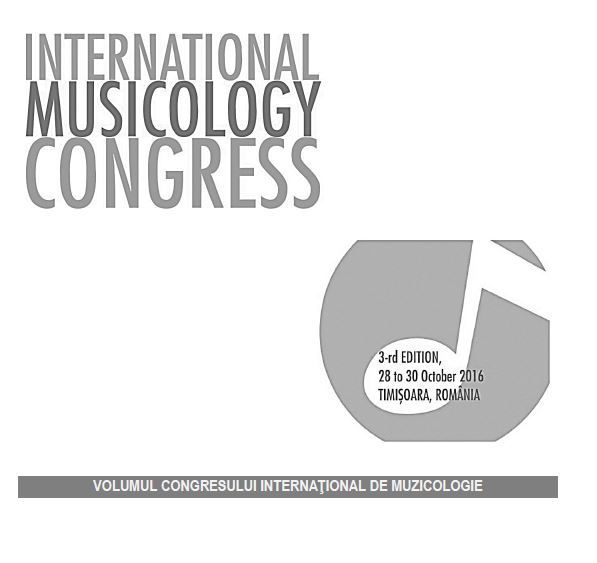SOME PHONOGRAPHIC RECORDINGS OF TRADITIONAL MUSIC
PERFORMED BY ROMANIAN PRISONERS OF WAR 1916-1917
SOME PHONOGRAPHIC RECORDINGS OF TRADITIONAL MUSIC
PERFORMED BY ROMANIAN PRISONERS OF WAR 1916-1917
Author(s): Nice FRACILESubject(s): Fine Arts / Performing Arts, Essay|Book Review |Scientific Life
Published by: Editura Eurostampa
Keywords: phonograph; phonographic recordings; wax cylinders; Romanian prisoners; traditional music
Summary/Abstract: For ethnomusicological studies in the history of traditional music of any people, the emergence of phonograph, the device which records and reproduces sound, meant an outstanding step forward. The invention heralded a revolutionary turn in melography and enabled the earliest sound recordings from various parts of the globe to be made on wax cylinders and, later, on platters, which could subsequently undergo transcription, classification, examination and publication. Luckily enough, one whole century thereafter, ethnomusicologists keep discovering precious phonographic recordings which have not been accessible to scholarly public. One such case concerns the phonographic recordings of the traditional music performed by the Romanian prisoners of war in the period from 1916 to 1917. This musical-folklore material, collected by Georg Schünemann in the prison camps of Lamsdorf, Göttingen and Mannheim has been digitalised and deposited at the Ethnological Museum in Berlin. The corpus contains 47 wax cylinders whereon the German researcher recorded a number of traditional Romanian songs and instrumental tunes as performed by the Romanian prisoners. Owing to the kindness and trust I enjoyed by Professor Dr. Lars-Christian Koch and Dr. Susanne Ziegler, ethnomusicologist, the opportunity was given to me to study and publish a part of that unique and exceptionally valuable material about Romanian folklore. This paper will be aimed at presentation and classification of folkloric genres in the vocal and instrumental traditions, study in their fundamental poetic/musical features, identification of the informants, and the continuity and/or changes detected in the songs and instrumental tunes performed in Romania today as compared to the musical-folklore material from early 20th century.
Journal: Congresul International de Muzicologie
- Issue Year: 1/2016
- Issue No: 3
- Page Range: 11-17
- Page Count: 7
- Language: English
- Content File-PDF

